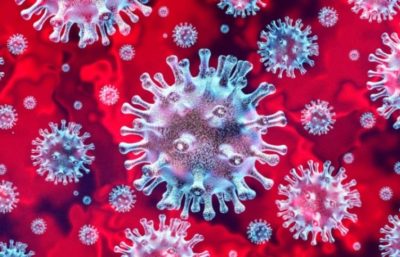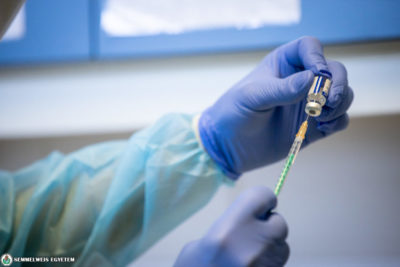The Balassa street building of Semmelweis University, where the Department of Psychiatry and Psychotherapy as well as the Department of Neurology are located, will support the health care of COVID-19 patients in the framework of a two-stage phase. According to this, not only the psychiatric and neurological patients suffering from coronavirus will be treated for COVID-19 at these departments, but the general health care of COVID-19 patients or COVID-19 suspected cases will be started here as well. Parallel to this, there will be a temporary reorganization at Semmelweis University regarding the health care of those psychiatric and neurological patients, who are not suffering from COVID-19.
The health care of those patients who are not affected by coronavirus at the Department of Psychiatry and Psychotherapy will be continued at the extended division of the clinic located at Szent Rókus Block. The health care of the patients at the Department of Neurology will be ensured at one of the premises within the university’s Outer Clinical Block, close to the current location.
Parallel to this, the Balassa street building hosting both clinics will become a health care center for COVID-19 patients in a two-stage phase by the middle of the following week. This means that not only the psychiatric and neurological patients suffering from coronavirus will be treated for COVID-19 at these departments, but the general health care of COVID-19 patients or COVID-19 suspected cases will be started here as well. The COVID-19 health care center at Balassa building will be supervised by medical specialists from the following professional areas: internal medicine, pulmonology and cardiology.
The patients of the Department of Psychiatry and Psychotherapy as well as the Department of Neurology, who are affected by the temporary reorganization, will receive information about any related changes from their medical specialists.
The temporary restructuring of organization units was typical during the first wave of the pandemic as well. This is a natural part of the conscious preparations for the possible increase of the current epidemiological situation in the case of both Hungarian and international institutions.
Pálma Dobozi
Featured image (illustration): Attila Kovács – Semmelweis University
Translation: Katalin Illés-Romhányi


